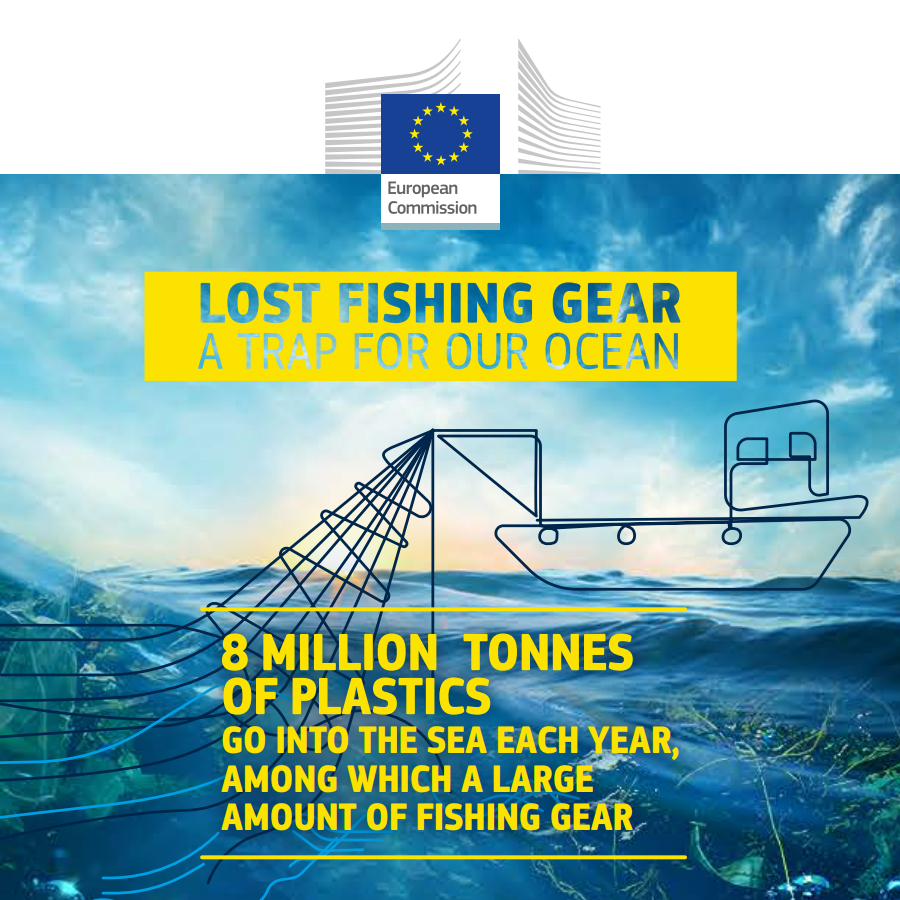What Percentage Of Plastic In The Ocean Is Fishing Gear
Monday, September 18, 2023
Edit

What Percentage Of Plastic In The Ocean Is Fishing Gear?
The Growing Problem of Ocean Pollution
Every day, more and more plastic is entering our oceans and causing tremendous amounts of damage to marine life and the ecosystems they inhabit. Plastic is one of the most pervasive pollutants in the ocean, and it is estimated that over 8 million tons of plastic enter the ocean every year. This number is growing exponentially, and the amount of plastic in the ocean is reaching crisis levels. A staggering 60-90% of all debris in the ocean is plastic, and it is estimated that there are more than 5 trillion pieces of plastic swimming around in the ocean.
The Role of Fishing Gear in Ocean Pollution
Fishing gear is one of the main sources of plastic pollution in the ocean. Fishing gear such as nets, lines, and lures are made from plastic and are discarded into the ocean when they are no longer needed or have broken. These pieces of plastic can remain in the ocean for hundreds of years, slowly breaking down and becoming microplastics that are consumed by sea life. In addition to this, lost and discarded fishing gear can also ensnare and trap marine life, leading to the death of countless animals.
How Much of The Ocean's Plastic is Fishing Gear?
It is estimated that fishing gear accounts for an estimated 10-20% of the total plastic pollution in the ocean. This number is difficult to accurately measure, as it is hard to track and identify the source of all the plastic in the ocean. However, it is clear that fishing gear is a major contributor to ocean plastic pollution, and its role in this crisis cannot be underestimated.
What Can Be Done To Reduce Fishing Gear Pollution?
The good news is that there are some simple steps that can be taken to reduce the amount of fishing gear pollution in the ocean. For starters, anglers can take steps to ensure that their fishing gear is properly disposed of and does not end up in the ocean. This can be done by properly disposing of fishing gear in designated bins or by taking it to a recycling center. In addition, anglers can also switch to biodegradable fishing gear, which can reduce the amount of plastic pollution in the ocean.
The Role of Governments and Companies in Reducing Fishing Gear Pollution
Governments and companies also have a role to play in reducing fishing gear pollution. Governments can create regulations and laws that prohibit the use of certain types of fishing gear or put restrictions on how it is used and disposed of. Companies that produce fishing gear can also make an effort to reduce the amount of plastic used in their products, or create biodegradable alternatives.
Conclusion
Fishing gear is one of the main sources of plastic pollution in the ocean, and its role in this crisis cannot be underestimated. It is estimated that fishing gear accounts for an estimated 10-20% of the total plastic pollution in the ocean, and this number is likely to increase with the continued growth of the fishing industry. Fortunately, there are steps that can be taken to reduce the amount of fishing gear pollution in the ocean, such as properly disposing of fishing gear, switching to biodegradable fishing gear, and creating regulations and laws to reduce the use of plastic fishing gear.